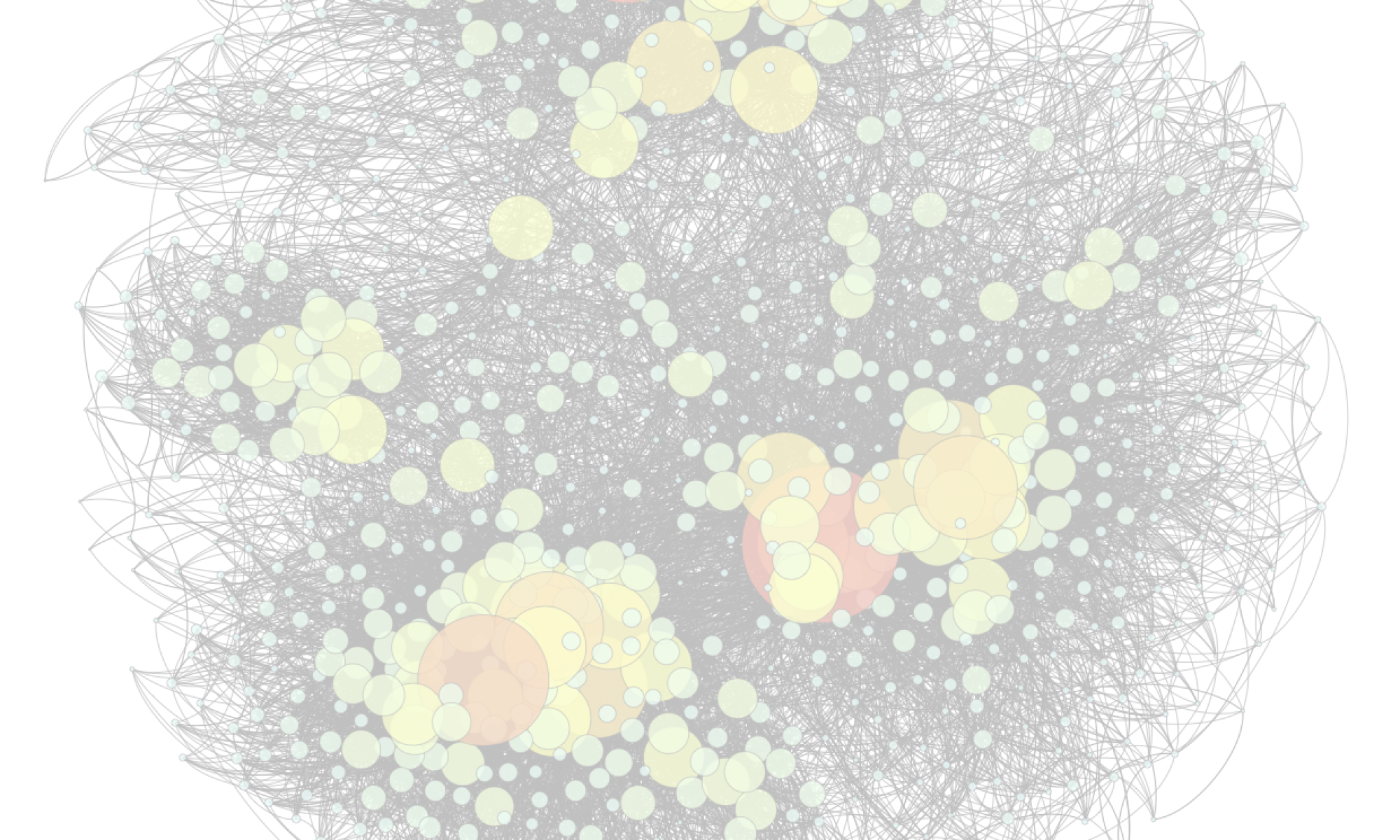We are hiring two PhD students and one Postdoc to work on language models and knowledge graphs!
Yiwen Peng, Thomas Bonald and Fabian Suchanek received the best paper award at ISWC 2025 for their paper on FLORA: Unsupervised Knowledge Graph Alignment by Fuzzy Logic.
Two demo articles Enriching Taxonomies using Large Language Models and T-REX: Table Refute or Entail Explainer by Zeinab Ghamlouch, Tim Luka Horstmann, Beptiste Geisenberger, and Mehwish Alam were presented at ECAI 2025 and ECML/PKDD 2025.
Berenice Jaulmes attended the 36th European Summer School in Logic, Language, and Information (ESSLLI2025) in Bochum, Germany.
Nils Holzenberger attended the International Seminars on the New Institutional Economics 2025.
